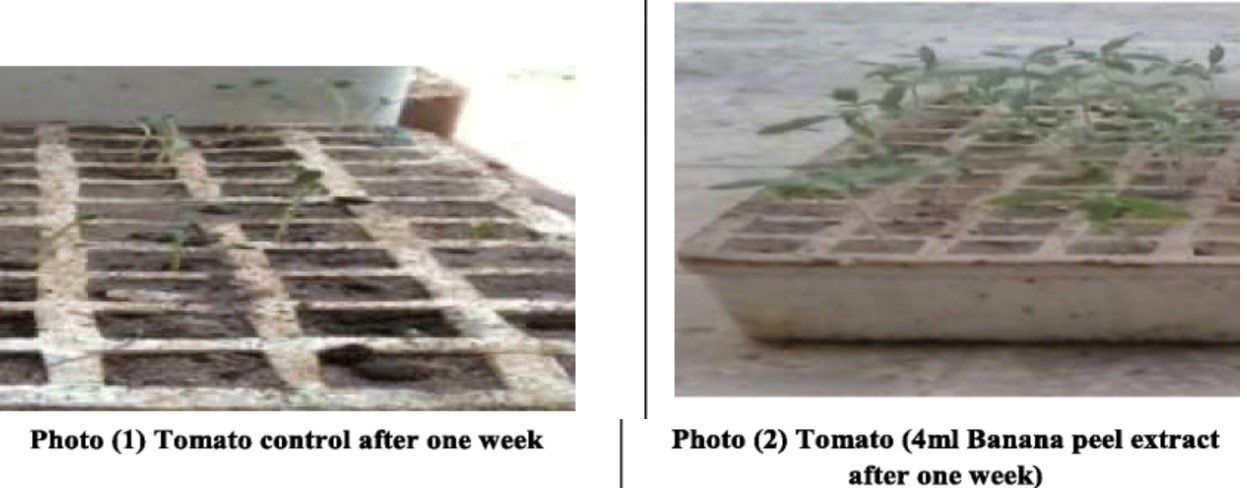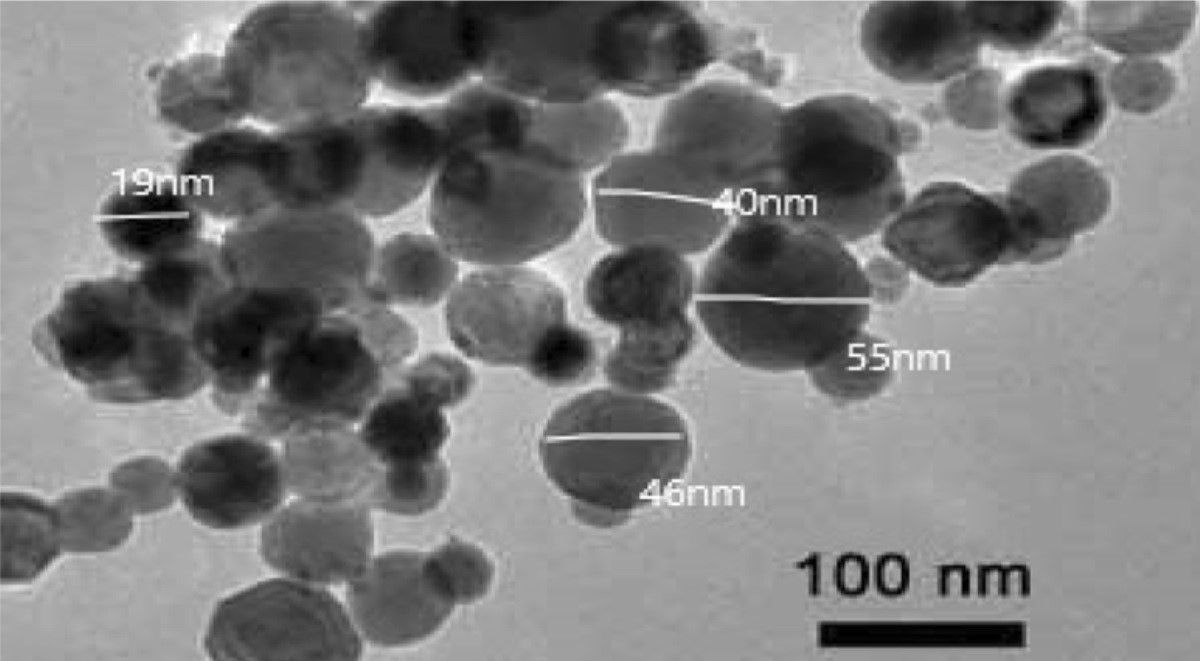A team of nanotechnology biologists have found that banana peels can be used as a feedstock to make nanofertilizer. The discovery may result in a commercial use for the hundreds of thousands of tons of banana skins that are discarded, at great expense, for landfill.

Bananas are well known as a good source of nutrition. And surprisingly, banana skins, which can form up to 33% of the fruit mass, have also been used for a variety of applications and health benefits for centuries. These uses include:
· Conversion into biomaterials such as bioplastic, bio-fibre, and biofuels.
· Used as a polishing agent for shoes and silverware.
· Rubbed onto the skin to treat psoriasis and acne.
· Used in a marinade as a meat tenderizer.
· Used for the production of bioethanol with the yeast Saccharomyces cerevisiae.
· Used for to make α-Amylase which breaks down starches in grains into fermentable sugars for use in ethanol production. Also used to make bio-detergents, especially for dishwashers.
· Used as a teeth whitener, due to its high content of magnesium, manganese, and potassium.
· As a bio-deterrent against aphids.
Scientists can now add nanofertilizer feedstock to the list of uses for banana skins.
The research team, based at the National Research Centre in Cairo have now published their results where they state that, “Nano bio stimulant fertilizer can be extracted from banana peels under alkaline conditions.” Noting the excellent natural ingredients in banana skins that make them ideal fertilizer feedstock, writing that, “In this investigation, it was found that the extract of banana peel contains about 80 g/L of elemental potassium chelated with citric acid. Also, other minerals such as iron, magnesium, copper, sodium, calcium, and manganese chelated with citric acid in a nanostructure form.”
To convert the banana skins into a nanofertilizer, the peels were first washed, shredded, and blended, then boiled for 30 mins to create a slurry. The researchers then used a vacuum filtration method to get a clear brown filtrate and thick dark brown sludge. This clear filtrate was then, “… heated to about 70 °C, with continuous stirring at 300 rpm. After that, urea and citric acid (5% solution) were added dropwise till pH 5. The obtained sludge was dried at 105 °C, then ground to a fine powder.”
Following this, “The obtained alkaline filtrate of extract was treated with conc. nitric acid in a closed vessel at elevated temperature and pressure. The resulting solution was diluted, and the extracted contents were determined by atomic absorption spectroscopy.”
The nanofertilizer was then applied to crops of both tomato and fenugreek, with doses of 4, 8, 12, and 16 ml/l, giving excellent results after just 7 days.


Further chemical and physical analysis of the nanofertilizer extract showed that, “The fertilizer constituent size ranged from 19 to 55 nm, and the histogram illustrates that the major nanoparticles were 40 nm with an average percentage of 36% while 55-nm particles were the minor size with an average percentage of 6%. The synthesized nanofertilizers contained chelated potassium, chelated iron, tryptophan, urea, amino acids, protein, and citric acid.”

The effect on the plants was noticeable. Namely that, “The data revealed that germination percentage increased with increasing dose of banana peel extract for both crops. For tomato crop, the germination percentage was increased from 14% (control without nano) to 97% after 7 days of plantation. Also, the same trend was noticed for fenugreek crop, the germination percentage was enhanced from 25% (control without nano) to 93.14%.”

Clearly, banana skins have great potential for use as a nanofertilizer feedstock. They have a naturally high mineral content, are a general waste product, and can be sourced from agricultural regions in parts of the world that are in greatest need of modern fertilizer products.
The agriculture industry is on the edge of a new era. The commonplace use of precision fertilizer application, drones, and nanofertilizer are heralding an age that some industry chiefs are calling Agriculture 3.0.
The role of nanofertilizer will be key to the development of 21st century agriculture and the need to feed the planet’s growing population. At the heart of it all, banana skins may be the surprising nanofertilizer feedstock to help spur the fertilizer industry towards its revolution.
Photo credit: Springeropen, Rebelcircus, & YouTube
